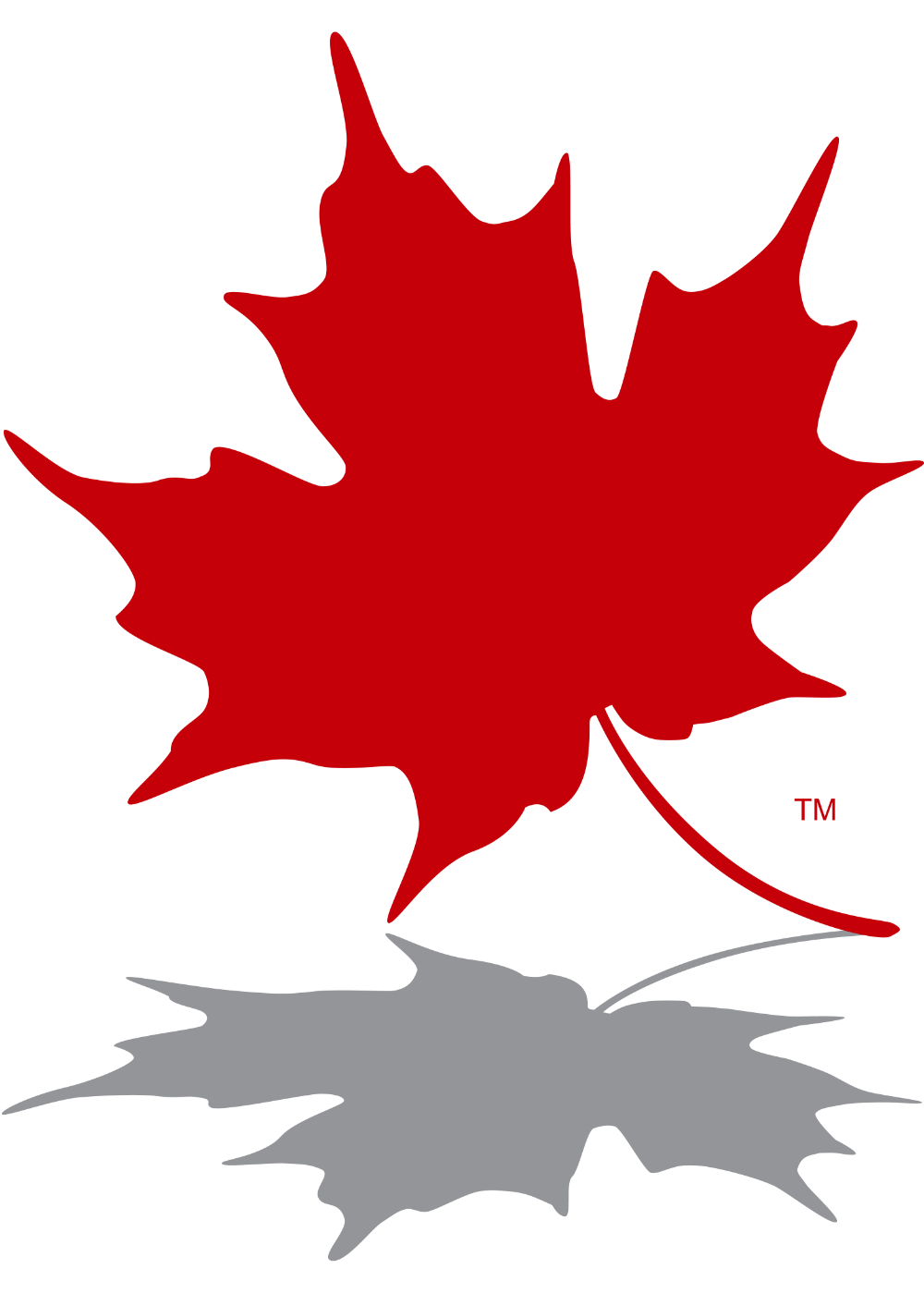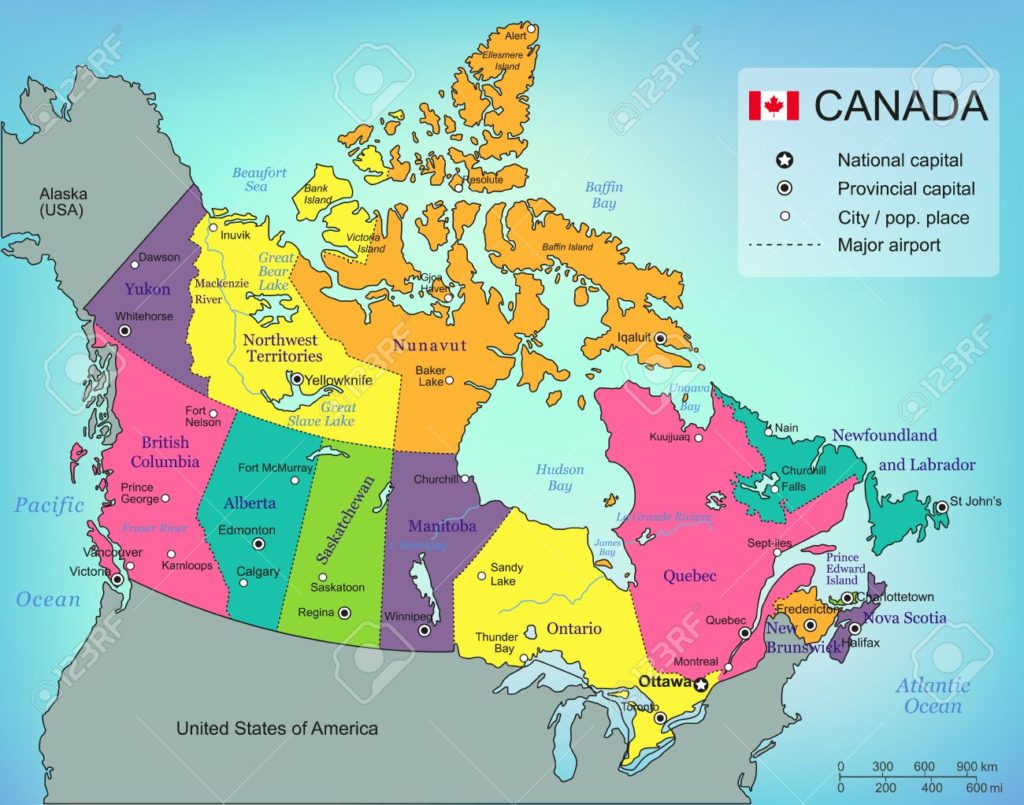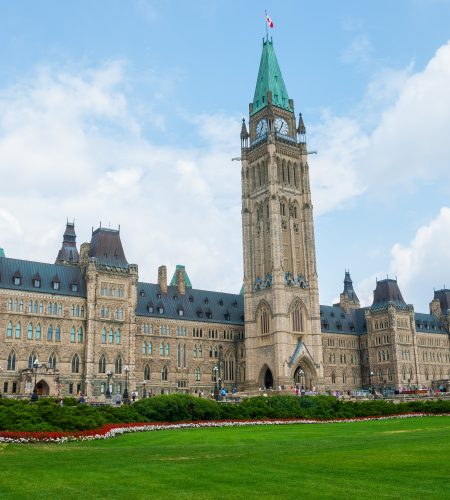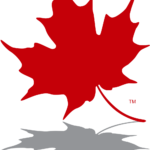About Canada

Canada Provinces and Territories
Canada has 13 provinces and territories which are sub-national divisions within the geographical areas of Canada under the jurisdiction of the Canadian Constitution. In the 1867 Canadian Confederation, three provinces of British North America—New Brunswick, Nova Scotia, and the Province of Canada (which upon Confederation was divided into Ontario and Quebec)—were united to form a federated colony, becoming a sovereign nation in the next century. Over its history, Canada’s international borders have changed several times, and the country has grown from the original four provinces to the current ten provinces and three territories. Together, the provinces and territories make up the world’s second-largest country by total area.![]() Ontario
Ontario ![]() Northwest Territories
Northwest Territories![]() Quebec
Quebec ![]() Yukon
Yukon![]() Nova Scotia
Nova Scotia ![]() Nunavut
Nunavut![]() New Brunswick
New Brunswick![]() Manitoba
Manitoba![]() British Columbia
British Columbia![]() Prince Edward Island
Prince Edward Island![]() Saskatchewan
Saskatchewan![]() Alberta
Alberta![]() Newfoundland and Labrador
Newfoundland and Labrador

3 Facts about Canada






Canada's Big Cities
Find out more about most populated cities in Canada
What are the advantages of living in big cities in Canada?

- Infrastructure
- Cultural Diversity
- Attracts & Entertainments
- Nature
- Close-knit community
- Public Transit
- Job opportunities
- Universities and Colleges
- Social Possibilities & Networking
